Shootout: The very best cameras on flagship smartphones today
We look at recent, high-performing flagship smartphones that had better-than-expected camera performance, and put them all against each other. Find out which of them comes out ahead!
By Liu Hongzuo -
Note: This feature was first published on 5 Mar 2021.

Flagship smartphone camera shootout
The camera performance in a smartphone is an important aspect of a great handset experience. You don't have to take our word for it - phone cameras almost always see changes to their hardware or software in between generations, and the differences can be significant between flagship models from the same year. Here, we have handpicked five of the top flagship smartphones from the last 12 months, all known for their highly-rated camera performance in some shape or form.
Choosing our contenders
Plenty of flagship smartphones come to the shores of Singapore, but not as many can claim they are cutting-edge in camera technology. Even within the same brand, there can be several flagship-tier handsets in the last 12 months (Samsung, for example, had around 10 flagship-grade phones in 2020 alone).
After trimming the fat and singling out the best there was, we've it narrowed down to five units. From our shooting experience in our regular phone reviews, we've come to know which top-end phones can put up a good bout, and which ones can't.
Here are our contenders and what they bring to the fight:
Rear camera
system | Triple | Penta | Triple | Quad | Triple |
Main camera |
|
|
|
|
|
Secondary cameras |
|
| Ultra-wide: 48MP, f/2.2,120° field of view Telephoto: 13MP, f/3.0, OIS | Ultra-wide: 12MP, f/2.2, 120° field of view Telephoto 1: 10MP, f/4.9, Dual Pixel AF Telephoto 2: 10MP, f/4.9, Dual Pixel AF |
|
Features |
|
|
|
|
|
While most phones hail from 2020 at this point of time, only the Galaxy S21 Ultra is from 2021 and that's because Samsung miraculously was able to get their supply chain in order despite operational challenges faced during the Covid-19 pandemic. They also fared better than any other tech company in this regard that they could launch the Galaxy S21 series a few months ahead of their typical launch rhythm. We also mentioned that we're looking at the best camera phones that have been out in the market for the last 12 months, which is from March 2020 to February 2021, hence the Galaxy S21 Ultra is prime for this comparison. Smart tip: If you've read both the Galaxy S20 Ultra and S21 Ultra reviews, you'll know that the main difference lies in a slightly improved main sensor, but it's otherwise identical in terms of its operation and capabilities. So if you're personally looking for Galaxy S21 Ultra's camera capabilities in perhaps a discounted package, you might want to consider the Galaxy S20 Ultra.
Over on the Huawei front, didn't they release a newer Mate 40 Pro and updated AI photography capabilities? So why didn't we qualify that over the P40 series? Two reasons. First, the P40 Pro+ is still Huawei's top camera phone when it comes to parading their best camera hardware. Secondly, the Mate 40 Pro couldn't best the P40 series in imaging capacity when we reviewed it.
Lastly, Xiaomi actually has a superior Mi 10 Ultra product, but it's sadly not officially available in Singapore. As such, we had to qualify their next best option, the Mi 10T Pro, which interestingly was a decent contender given its asking price.
Scoring the phones
More often than not, the main camera on the rear receives the most attention from the phone brands. For the main camera, we judge its overall imaging performance by checking on the basics, such as colour rendition, detail retention, image noise, and so on for the captured image.
To bring some consistency into this shootout, we relied on settings that are readily available across most phones. We shot handheld, with HDR enabled, in 4:3 aspect ratio (where possible), saving in the JPEG file format. Basically, we mimicked the most probable shooting scenario for most phone users to set an even base of comparison and expectation.
Instead of testing overly granular things like image stabilisation, distortion, and more for secondary lenses, we've settled on judging based on the end result instead. After all, a regular phone user wants good photos. Things like seeing if the zoom lens compensates for shake, or its ultra-wide has excellent fish-eye correction, or if the artificial 'computational photography' is overzealous etc. will all be factored into the judging of its end result. Gone are the days where we moan about whether is it fair or unfair that one phone has OIS in this lens while a competing one doesn't. You're paying good money for top-shelf stuff, it better be ready to help you shoot well. So apart from the basic main camera's daytime output performance, we've narrowed down other comparison shots to telephoto, ultra-wide, low-light, and macro performance - common shooting scenarios and requirements of most phone users.
Even if a phone is not necessarily optimised for a specific shooting mode, we'll use the main camera (typically the phone's best camera) as a substitute for reproducing that shot, so that the handset gets to use its best lens to compete with other rivals.
Let's get on with the comparing!
Main Camera Performance
Instead of running pages and pages of photos where we discuss which phone has better colour reproduction and which has better HDR etc., we'll judge it as a full package. After all, what's the point of having a phone camera that has 100% colour accuracy but the detail reproduction of a cave painting?
As such, we'll look at each main camera's overall performance: colour capturing, sharpness and artefacts, noise handling, detail granularity, exposure handling, you know the works. The subject of this main camera test is a randomly selected sky garden in Singapore, with our backs to the sun, as seen below.

Sample of Main Camera Performance test.
For each phone, we'll show the full still image it took followed by actual pixel size close-up crops to illustrate what we liked and didn't like in each handset's main camera performance. The winner(s) of this specific section is at the bottom. Do note that HDR mode is enabled for all.
Full image

Apple iPhone 12 Pro Max.
At a glance, the iPhone 12 Pro Max prioritises colourisation and shading. You can easily tell how well the sky garden scene was captured in this shot alone. What stood out the most was the iPhone's ability in reproducing light condition very accurately with bright highlights preserved - you get the sense that this photo was taken later in the day, which was exactly when this test was conducted.

Huawei P40 Pro+.
On the Huawei P40 Pro+, the main camera's peformance doesn't quite have the dynamic range or realism seen in the iPhone 12 Pro Max earlier. That said, the P40 Pro+'s attempt is nonetheless colourful and detailed, if a little washed out.

Oppo Find X2 Pro.
The Oppo Find X2 Pro's main camera performance has contrast handling slightly ahead of Huawei's P40 Pro+'s, but its saturation falls a little behind the iPhone 12 Pro Max. Of course, judging solely by the shot like this isn't going to clue us in on the quality, so we'll take a closer look later.

Samsung Galaxy S21 Ultra.
There's no doubt that the S21 Ultra does an excellent job at capturing the scene with the main camera. In fact, it looks like it's on par with the iPhone 12 Pro Max. When placed side by side, Apple still edges out a little ahead simply because of its aggressive digital processing, which gave the bushes and the brick lines more definition. However, the differences in detail (based on the whole image) isn't significant enough for a tie-breaker.

Xiaomi Mi 10T Pro.
Impressive. You'd think just because Xiaomi puts a lower sticker price on the phone would mean lower image quality. Xiaomi defies those expectations by bringing performance that's good enough to compete with the likes of Samsung and Apple. But, let's be honest: it's also clear that the other four phones have a better handle on contrast, dynamic range, shadows, and highlights, even if Xiaomi can deliver colourisation that's on par.
Image Crop 1: centre, colour, contrast, range, accuracy

Apple iPhone 12 Pro Max.
While its detail accuracy could use more work, the iPhone 12 Pro Max's ability to bring out highlights and shadows makes for stunning images. In this crop (at actual pixel size), you can tell that the iPhone wasn't only concerned with colour accuracy, but also the light it relied on for this shot.

Huawei P40 Pro+.
The P40 Pro+ is arguably better at retaining the details (thanks to its large 50MP sensor), even if it's not the best at faithfully reproducing the dynamic range of the sky garden. Here, it's far easier to tell apart every blade and petal, and even the tiny yellow flowers at the bottom seem to be more obvious than iPhone's attempt. While we appreciate the brighter image, it's not an accurate representation of the scene.

Oppo Find X2 Pro.
From this vantage point, it's clear that the stabilisation on the other two phones are a touch better than the Oppo's, but the Find X2 Pro is very capable of getting colours in nicely. The dynamic range is also slightly better than Huawei's, while not as aggressive as Apple's. That said, Oppo has gone to great lengths for image processing, and artefacts can be found along the edges of objects, like the jagged edges of the lampheads, and the artefacts surrounding the little metal railing peeking out of the bottom left. These flaws are less pronounced on the iPhone 12 Pro Max.

Samsung Galaxy S21 Ultra.
Even when up close, it's clear that Apple and Samsung's dynamic range treatment is really similar. There's nothing here that the Apple also didn't offer, right down to the jagged lines around the top of the lampposts. If anything, the greenery here seems a little more lush, while the Apple one makes the plants look a little drier. That, however, could just be a shifting of clouds and a trick of light.

Xiaomi Mi 10T Pro.
In the center of the image, Xiaomi seems to have a better handle on detail than the Huawei. Of all five, Huawei's colour management is the most washed out, but Xiaomi trails behind closely - it's superceded by the superior colours and sharpness on the Find X2 Pro, and Oppo already struggles to match the dynamic range and sharpness offered by Apple and Samsung.
Image Crop 2: sky, buildings, digital processing

Apple iPhone 12 Pro Max.
This cropping of the image (at actual pixel size) perfectly captures what we like and don't like about the iPhone 12 Pro Max's main camera. A lesser camera would simply ignore the clouds and paint the sky in one tone, but the iPhone brought the definition out with its computational photography magic. On the other hand, these digital artefacts are very pronounced when it comes to detail-heavy bits, like the leaves to the right.

Huawei P40 Pro+.
Huawei's P40 Pro+'s digital artefacts are less aggressive than Apple's. The halo effect is less pronounced around the greens, but it's also less discerning with shadows and highlights. P40 Pro+ barely even tries to retain the lines on the building.

Oppo Find X2 Pro.
Oppo brought out pretty impressive detail on the clouds itself, but Apple still holds the lead in the sky's colourisation. The leaves have fewer artefacts this time, but that came at a price - the building to the left has a few black lines missing towards the bottom. It's nowhere as bad as Huawei's detail retention, though.

Samsung Galaxy S21 Ultra.
Looking at the greenery, Samsung's digital processing is very slightly less aggressive, than iPhone's, but not enough to see a significant difference in artefacts produced. It does a better job than iPhone at getting the middle stalks nicely, but it sacrifices detail if the subject is further away - like the clouds and the lines in the building to the left. That's another tie with the Apple phone here.

Xiaomi Mi 10T Pro.
When it came to the skies, Xiaomi did a little better than Oppo, but it had even more aggressive digital processing as seen in greens. Despite all that effort, it didn't have the great dynamic range offered by the iPhone's interpretation of the clouds.
Image Crop 3: brick floor, stone wall, grass clumps

Apple iPhone 12 Pro Max.
Here's another great example of the iPhone's main camera at work. See how the brick lines and the low walls are so detailed that they aren't only a single colour throughout? The same cannot be said if the patterns are more complicated, such as the little tufts of grass between bricks.
Let's look at how the others fare before we go any further.

Huawei P40 Pro+.
Huawei's digital processing also lends itself to a softer overall shot. It's almost as sharp as the iPhone's attempt (since we chose the same focus area for all attempts), but you can see how P40 Pro+ here doesn't quite bring out the scuff marks like Apple did for the low grey walls.

Oppo Find X2 Pro.
Arguably, both the P40 Pro+ and iPhone 12 Pro Max did better in sharpness here, even if we liked how little processing was done to the tuft of grass on the floor.
So far, the iPhone is in the lead with its excellent dynamic range and colourisation, and better overall sharpness, followed closely behind by the saturation and detail retention capabilities of the Find X2 Pro. Huawei did put up a really good fight, but it's lack of dynamic range really shows. How will they all look next to the following two contenders?

Samsung Galaxy S21 Ultra.
The differences Samsung has against the Apple phone here are imperceptible. If you compare the S21 Ultra to the other two Chinese phones, sure, Samsung does a better job at bringing out the markings on the granite low wall. It is, however, equally capable when you compare it to the iPhone 12 Pro Max - even the same two tufts of grass had very similar treatment (and artefacts).
That puts Apple and Samsung tied in the top spot for main camera performance. What about Xiaomi?

Xiaomi Mi 10T Pro.
Frankly, we'd rate this section of the image crop on par with the Apple and Samsung rivals given that it has a great overall handle on contrast, lines, shading, colours, and details. However, the other two phones have outstanding, and more consistent reproduction, not to mention better overall sharpness than Xiaomi's take.
Main Camera winner
Apple iPhone 12 Pro Max and Samsung Galaxy S21 Ultra, tied. Very good effort by Xiaomi Mi 10T Pro especially given the significantly lower sticker price, but we're looking for the best main camera performance, not the best value-for-money shooter. Huawei's photos may look impressive on its own displays and when observed in a vacuum (not next to any other phone), but they look good because they are excellent at digital processing, not necessarily because their main camera takes better photos. That's not to say that the other non-winners are bad. Heck, these are the best options among all recent phone models, so it's no surprise that any of their main cameras can satisfy the average phone user. We are of course nitpicking so that we can tell you who's the best of them.
10x Zoom comparison
Here, we're testing the best of the best, so we're taking zoom capabilities to the extreme. 10x Zoom was chosen because all the tested phones were capable of this zoom range, and it's great for revealing any zoom flaws in the camera system. Anything beyond is quite frankly, just a party trick at this stage that requires proper stabilisation and just isn't practical for day-to-day use.
The same sky garden from before provided an excellent vantage point to start zooming into things, so let's begin with what the overall scene was like.

1x Zoom (no zoom).
For the 10x Zoom comparison, we singled out an interesting area to focus on that was vibrant, had plenty of details for comparing, and was a worthy testing ground for all the little things like stability, rendering, colours, and the like. Below is an example of what the 10x Zoom comparison is, using the vantage point pictured above.

Resulting 10x Zoom from the vantage point pictured above.
So without further ado, here are the shots with their respective actual pixel size crops, and the winner(s) at 10x Zoom right at the bottom.
Seeing the 10x Zoom image itself

Apple iPhone 12 Pro Max.
Can't say we were surprised by this - of the five contenders, the iPhone 12 Pro Max has 2.5x optical zoom in, and 2.5x optical zoom out, which means its 10x zoom pictured here is a digital one. Despite the dip in sharpness and increased noise, the iPhone's dominant dynamic range, contrast handling, and colourisation are all decent. However, its sharpness and detail handling are eclipsed by its competition as you'll see in the below shots.

Huawei P40 Pro+.
Huawei P40 Pro+'s 8MP zoom camera comes with 10x optical zoom by default, so 10x zoom plays right into their hands. In its attempt, the P40 Pro+ offers a crisp image with above-average detail retention (perhaps not including the overexposed roof tiles on the left), excellent colourisation (on the darker side), and amazing contrast handling (check out the area nearer to the clothing shop under shelter). We commend the P40 Pro+ for its ability to bring out the trees, although we wished it could've offered more of the details around the altar.

Oppo Find X2 Pro.
Quite clearly, the Oppo Find X2 Pro is better than the Apple phone at this zoom range, but it's nowhere as impressive as Huawei's take on it. We believe it's the phone's second-generation 10x hybrid zoom doing its best. Certain details do stand out, like the Oppo logo (yeah we know) and the shopper outside the clothing store. But it seems Oppo neglected colourisation. Here are some ways to be sure that Huawei did a better job - in both images, you could try and count the number of mini-oranges on the trees, see the details on the incense altar, or even make out what the signboards above the roof tiles say.
Is it too early to say Huawei is the best performer here?

Samsung Galaxy S21 Ultra.
Yes, actually. Here's why the Samsung Galaxy S21 Ultra pulled ahead of Huawei. Excellent detail handling and better colourisation aside, it was able to snag that 'soft studio light' of sorts in the darkness next to the clothing shop. The other handsets were also able to capture that same detail with varying degrees of success. Huawei's too dark, iPhone really brought it out (but it's too grainy to be a credible contender), and it's barely noticeable in Oppo's version. Samsung was also able to bring out the scuff marks on the grey rooftop in the foreground, plus the incense-urn-altar object had a much better definition here. Truly, Samsung's S21 Ultra offering 10x optical zoom within one of its two telephoto lenses isn't just for show.

Xiaomi Mi 10T Pro.
Yes, we know it's quite a leap from Samsung to Xiaomi's attempt, but let's not detract from its efforts. As the cheapest contender among the five, Xiaomi still delivered an image that can give Apple's 10x digital zoom a run for its money. That in itself is an achievement, considering Xiaomi Mi 10T Pro doesn't pack a zoom lens on the rear, let alone have optical zoom. Oppo had 10x hybrid zoom, so depending on how you look at it, the Mi 10T Pro is a worthy competitor despite having none of the tools for the job.
Our 10x zoom close-up champion
The Samsung Galaxy S21 Ultra leads by a huge margin in the zoom department due to its superior quality in every conceivable aspect of imaging. Huawei came in second in this section, showing everyone else how it's done with excellent detail retention and good colourisation (though a tad too intense).
Ultra-wide-angle
In most high-end phones, a common point of view at our disposable these days is an ultra-wide-angle shot. This is usually denoted by a 0.5x - 0.6x zoom option in the camera's app interface, and the task is usually handed off to the ultra-wide secondary lens. A key aspect in ultra-wide shooting is the phone's ability to correct for fish-eye distortion, among other generic imaging requirements like noise, colour, and detail handling.

Example of our ultra-wide-angle challenge to the five contenders.
We chose a venue that has clear straight lines to challenge the phones distortion correction on hand. Furthermore, it had plenty of detail for us to narrow down any discrepancies.
Full image

Apple iPhone 12 Pro Max.
Fish-eye distortion was kept to a minimum, and just about everything except the overly-aggressive contrast handling is great from the iPhone 12 Pro Max's ultra-wide-angle shot. We'll need some close-up cropping later to look for flaws.

Huawei P40 Pro+.
Huawei P40 Pro+ has better control over contrast and it brought out the coffeeshop's patrons dining indoors. Conversely, colours are not as rich as the iPhone's interpretation. If you follow the lines of tiles and the two blue-white buildings that frame this shot, you can also see that Huawei's fish-eye correction isn't as complete as Apple's.

Oppo Find X2 Pro.
Honestly, the colourisation in the Oppo Find X2 Pro maybe appear muted, or even washed out at first glance, but the Oppo is the strongest contender at this point because details aren't compromised and its combined detail and contrast handling brought out the reflections in the windows above. Colours are rich even with a brighter shot than the iPhone's. Fish-eye correction is also superb, moreso than Huawei.

Samsung Galaxy S21 Ultra.
Not surprisingly, the Samsung Galaxy S21 Ultra's interpretation of this ultra-wide-angle scene closely resembles the end-result generated by Apple's iPhone 12 Pro Max. Even the coffeeshop patrons under shelter have disappeared into the darkness. It's a great shot by Samsung, but Oppo still has the upper hand so far.

Xiaomi Mi 10T Pro.
By itself, Xiaomi Mi 10T Pro delivers a nice shot, if a little on the darker side of contrast. Depending on where you look, it's at times similar to what the Apple phone delivered (orange roof), with details still intact.
Oppo has a clear lead when we take a naked look at the ultra-wide-angle shots presented, but does it also hold up at actual pixel size?
Crops at actual pixel size

Apple iPhone 12 Pro Max.
iPhone's detail retention is pretty good, but the graininess and extreme darks left a little to be desired.

Huawei P40 Pro+.

Oppo Find X2 Pro.
Between Huawei and Oppo, Huawei has better detail and stabilisation, but we still lean towards Oppo for the better overall quality, along with Oppo's decent treatment to contrast and keeping noise very well under control.

Samsung Galaxy S21 Ultra.
Oddly enough, the Samsung phone also has an imaging quality closer to the Apple phone than the other two.

Xiaomi Mi 10T Pro.
Xiaomi is almost there but not quite because it sacrifices some detail, like the orange rooftop tiles and the definition of the leaves in the tree.
Ultra-wide-angle winner
While the Huawei P40 Pro+ was impressive, Oppo Find X2 Pro gets to take the lead in this aspect. It wasn't an easy win, to be fair. But it did everything sufficiently to bring about the best overall shot for this challenge. It offered better fish-eye correction than Huawei, while coming out ahead of others in contrast handling. Oppo also did all this without losing too much detail even under challenging conditions, something which the Huawei P40 Pro+ was also able to achieve.
Low-light performance
Generally speaking, it's good photo-taking practice to have sufficient sunlight illuminating your scene. That is a luxury, given how plenty of interesting stuff happens indoors too. Low-light performance is an important aspect of smartphone cameras since it correlates to shooting indoors - you're not going to have amazing staycation photos if your phone's camera cannot see well without the power of the sun.
How each phone manages to shoot well boils down to its hardware and software, so we're judging based on the end-result.

Our venue of choice is a public space that's indoors with really sexy mood lighting. That's right - a library. This shooting angle tested the phones' low-light performance to their limits - there's sunlight streaming in from the outside, while the majority of the indoors was dimly lit, with certain highlight lamps or trinkets about that grabs your attention. A good image reproduction would factor both bright and dim areas without losing the sense of being indoor and capturing the mood as it's meant to be.
Again, photos are arranged by phone model. The full images comes first, followed by interesting areas of discussion, and winner(s) at the end.
Full image

Apple iPhone 12 Pro Max.
Even without blowing out and overexposing the shot, the iPhone 12 Pro Max was able to bring out the little differences in the dark (check out the black ceiling). The little lights around the '2021' display set could've been a touch brighter for greater effect, but it was able to capture the mood and interior of the library very well. We'll have to check other attempts next to know if Apple was the best among the five, though.

Huawei P40 Pro+.
The Huawei's low-light performance is on par with Apple's, with only one difference. The colour balance is slightly off, with a little more emphasis on reds. This is apparent when you check out one of the books at the display and the wooden panelled ceilings on the top left. If you want to know if the book should have actually been this red, simply refer to the AED logo in both photos. With this, the Apple is ahead of Huawei by virtue of better colour accuracy, even though both phones are excellent at low-light shots.

Oppo Find X2 Pro.
While this is an excellent image, contrast handling on the Oppo Find X2 Pro is nowhere as precise in capturing the mood as the iPhone 12 Pro Max or P40 Pro+. Colour accuracy is also a little more aggressive towards different shades of red, likely due to the darker contrast at play.

Samsung Galaxy S21 Ultra.
There's a lot more going on in the Samsung Galaxy S21 Ultra than it appears at first glance. With moss green and stone grey carpets, neutral-looking pillars, and a black ceiling, the image shouldn't have the pink tint as shown. Yet, the Samsung was able to interpret the colours of the books on display just fine. We chalk it up to its computational photography being slightly more inconsistent than the rest, with the sunlight influenced by the red bricked walls streaming in. We liked these details, but it's not consistent with the naked eye or the iPhone's approximation.

Xiaomi Mi 10T Pro.
Xiaomi overcompensated for this low-light shot, which resulted in a significantly darker overall contrast. It's also nowhere as good at bringing out the details in the black ceiling. It is, however, more colour accurate than its Android counterparts, given that it lacks the overly pinkish tint in the other contenders.
In the low-light lead
Among our five contenders, we'd hand the best low-light performance over to the Apple iPhone 12 Pro Max for having the best balance of attributes. If you simply scrolled down to see this section's winner without giving these shots a once-over, it's easy to miss the minutiae. Apple came out ahead despite the other Android phones doing certain things a little better (for instance, less noise in the Huawei or Samsung's brighter and more detailed interpretation). That's because it managed to get the colours, contrast balance, and detail out without leaning too far out for one aspect, and overcompensating as a result. If the differences were even smaller, we'd look into the actual pixel size for even better comparisons, but that wasn't necessary with the iPhone 12 Pro Max showing us how it's done.
Macro
Typically, macro shots in phones are handled via a dedicated macro camera or offloaded to the ultra-wide-angle lens with a prefixed degree of magnification. In some phones, the main camera takes on that duty. By the nature of macro photography, the subject will be in focus while the surroundings blur away in a bokeh effect.
Our macro attempt disregards how the phone achieves the shot. Instead, we look at how successfully it delivers macros shots when called upon, so things like focus and clarity, bokeh, accuracy, and detail all come into play.

As with the other shots before this one, we've arranged it based on the phone model. Winner(s) below, as usual.
Full image

Apple iPhone 12 Pro Max.
Apple once again checks all the boxes to bring out an acceptable macro shot, despite not having a dedicated macro camera lens. It's bokeh effect doesn't feel too artificial and the focus on the subject is good. The veiny details in the petals, and the stigma and style within the stamen are well-represented. Colours feel quite right as well. How do the others fare and where does Apple stand among them?

Huawei P40 Pro+.
A big 'oof' from the Huawei P40 Pro+ comes. Despite having a penta-rear-camera setup, Huawei lacks a macro camera. But, that wasn't an excuse for the iPhone, either. While the P40 Pro+ provides an artificial-looking bokeh around the subject, there were hardly any details captured. Also, the digital processing for added sharpness is too blatant for a nature-filled photo to look natural. Check out the petal's outlines. Moving on...

Oppo Find X2 Pro.
Oppo's ultra-wide-angle camera doubles up as a macro shooter - the company put in considerable work to give that lens a 3cm Ultra Macro Shooting feature in their lens and it shows. Granted, there's a little bit of digital artefacts along the petals' outlines (jagged edges). However, we can't deny this is a really good bokeh shot that checks all the boxes. The iPhone comes out ahead with better manipulation of light, though. Without Apple, the Oppo Find X2 Pro would be in the running for this particular challenge.

Samsung Galaxy S21 Ultra.
Here's another one that didn't quite meet the mark. Sure, the Samsung Galaxy S21 Ultra offers a well-lit shot, but very little of this macro attempt is truly macro. There's overly aggressive bokeh and only in the top right corner; elsewhere, the details in the petals are lost. While it's a very high-quality shot that's miles ahead of the P40 Pro+, it's not really a macro shot.

Xiaomi Mi 10T Pro.
We really liked how Xiaomi took on this macro challenge. It has the most natural bokeh of the five, and the detail retention was sufficient enough for us to appreciate the photo. Where it falls behind are its control over light (which was very sufficient already, given how Apple was able to use it well) and its seemingly narrow tolerance for focus.
Macro Maestro
The Apple iPhone 12 Pro Max and the Oppo Find X2 Pro both come out ahead with their superior manipulation of every aspect that makes up a great macro shot. While the iPhone has better control over light, Oppo's attempt is also true to this challenge. Xiaomi Mi 10T Pro was almost there if it wasn't for its tight focus tolerance.
We've covered enough across the different phones through different scenarios in order to get ourselves an overall winner. Drum roll, please...
Choosing the champion
We determined a winner based on its ability to perform across the board. Noteworthy mentions were made in bold within each section. Those that do, get a point, with the overall winner having the most points accumulated across each shooting scenario.
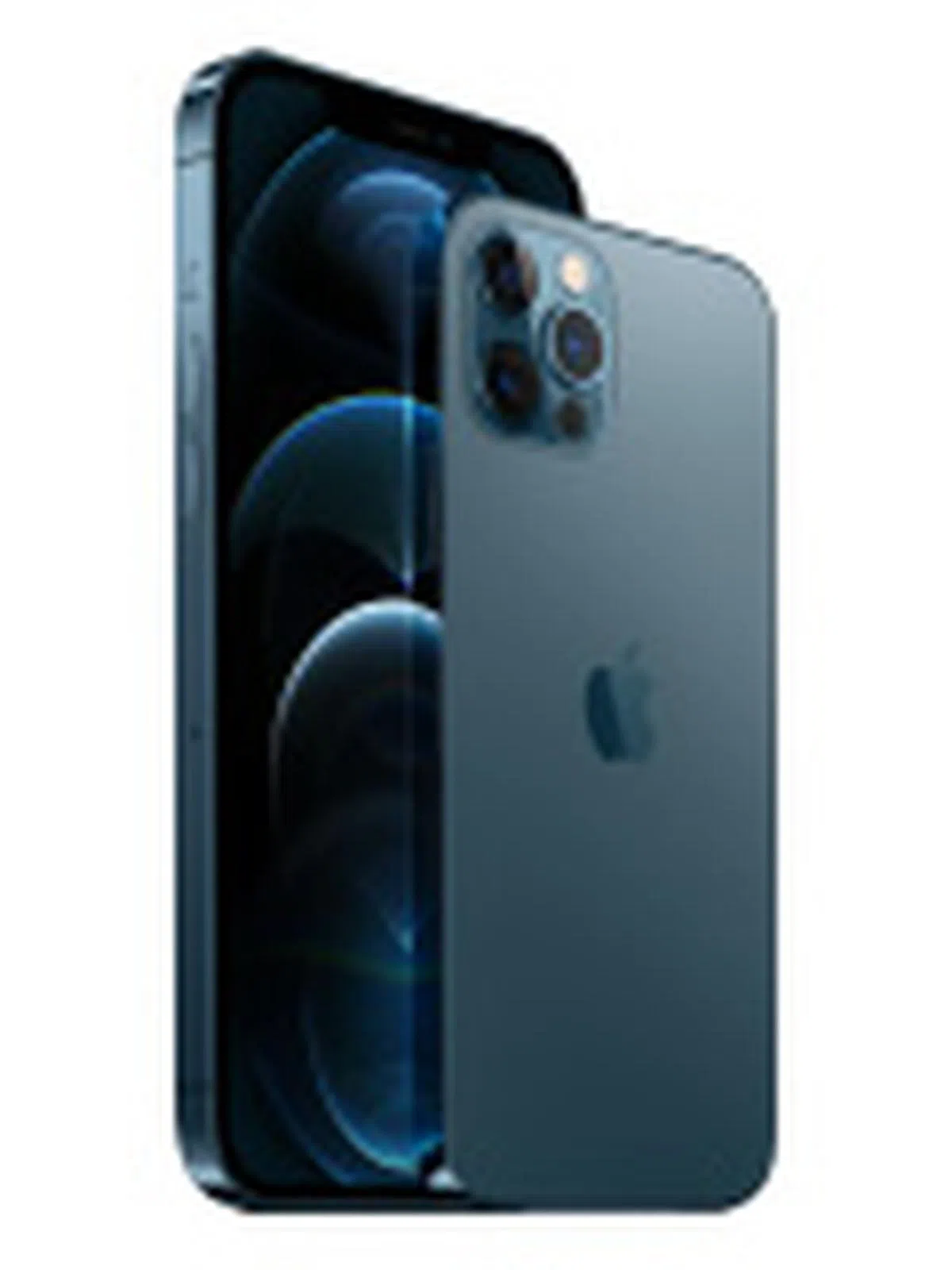 Apple iPhone 12 Pro Max
Apple iPhone 12 Pro Max | 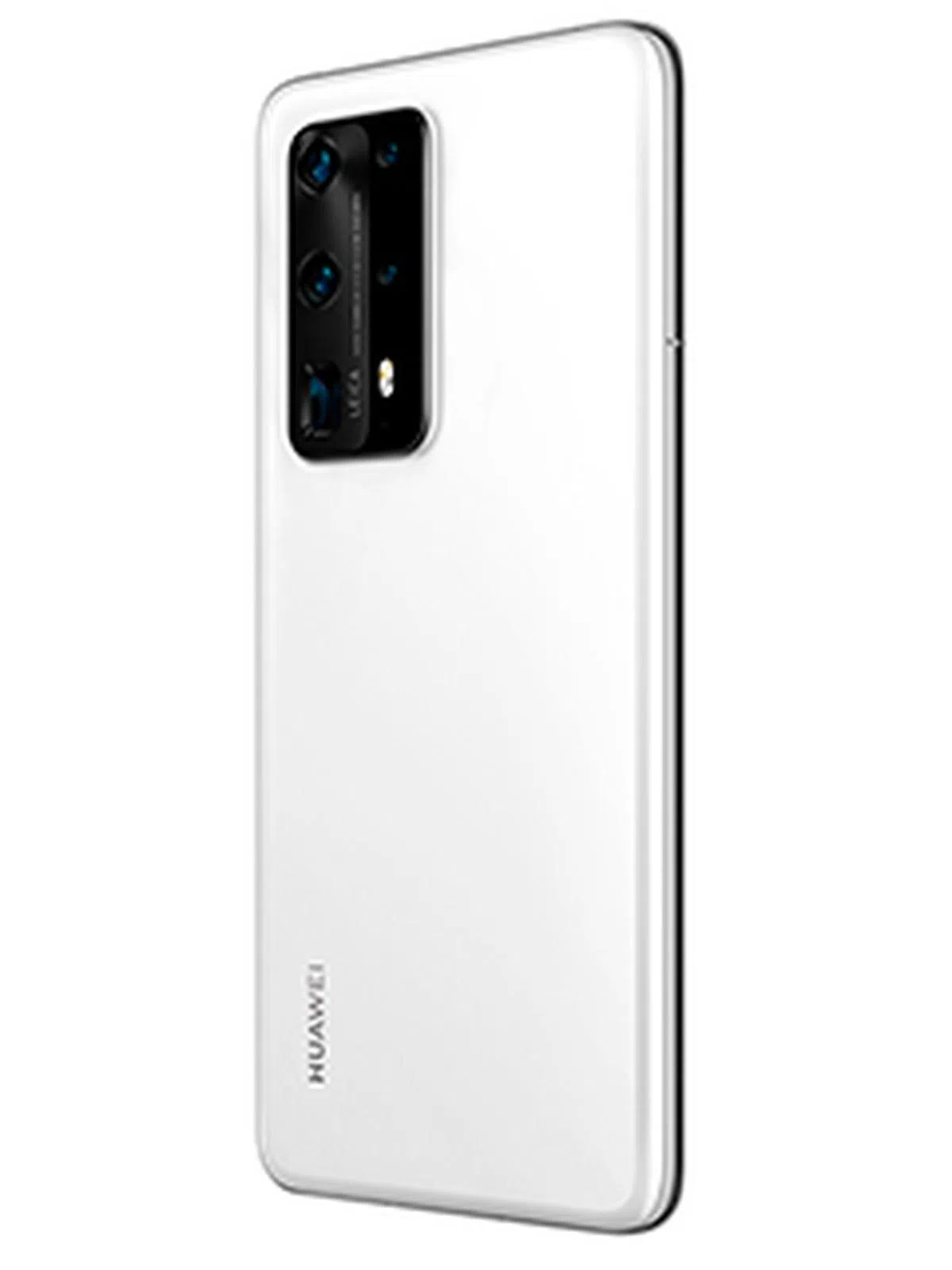 Huawei P40 Pro+
Huawei P40 Pro+ | 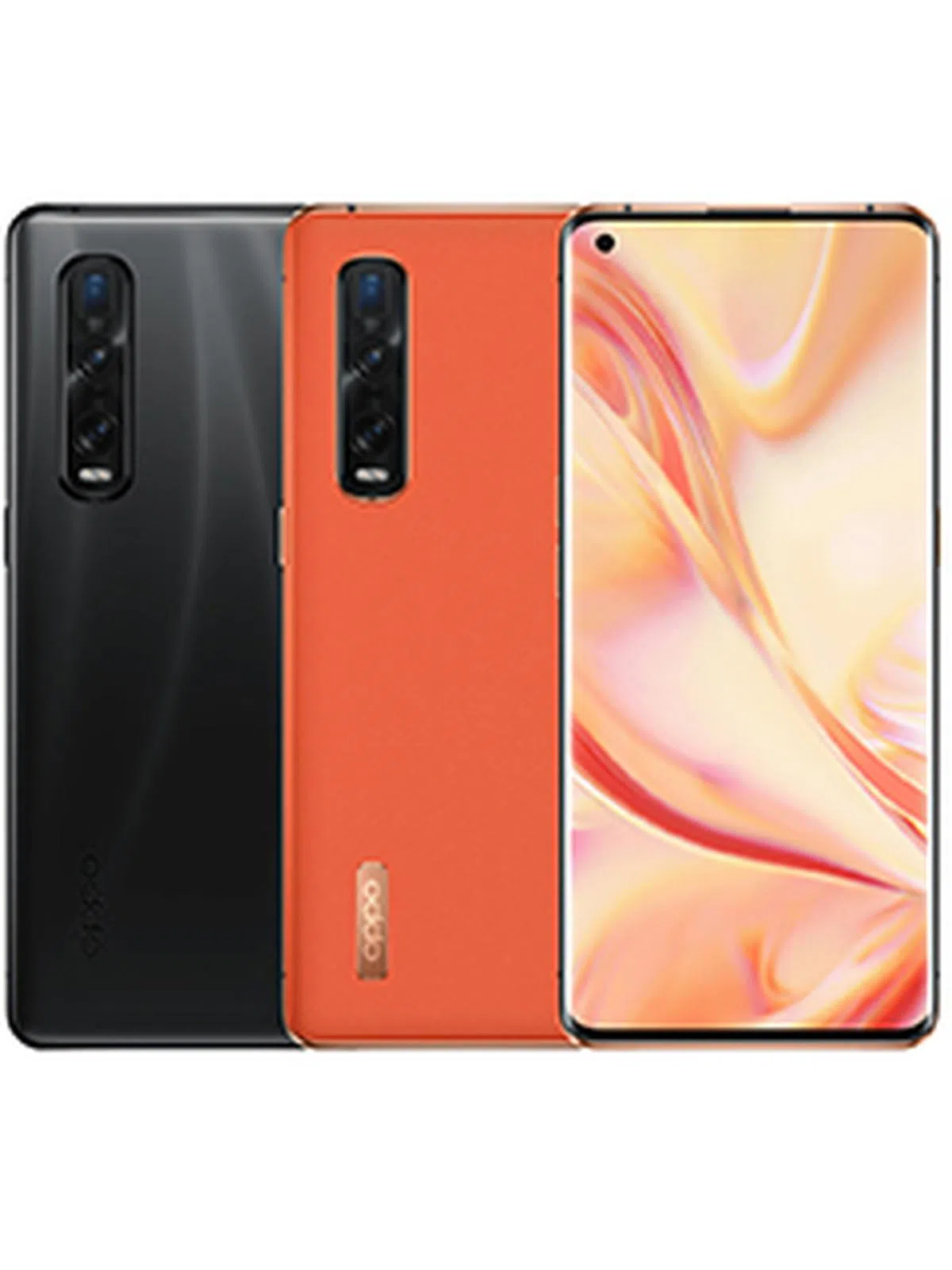 Oppo Find X2 Pro
Oppo Find X2 Pro | 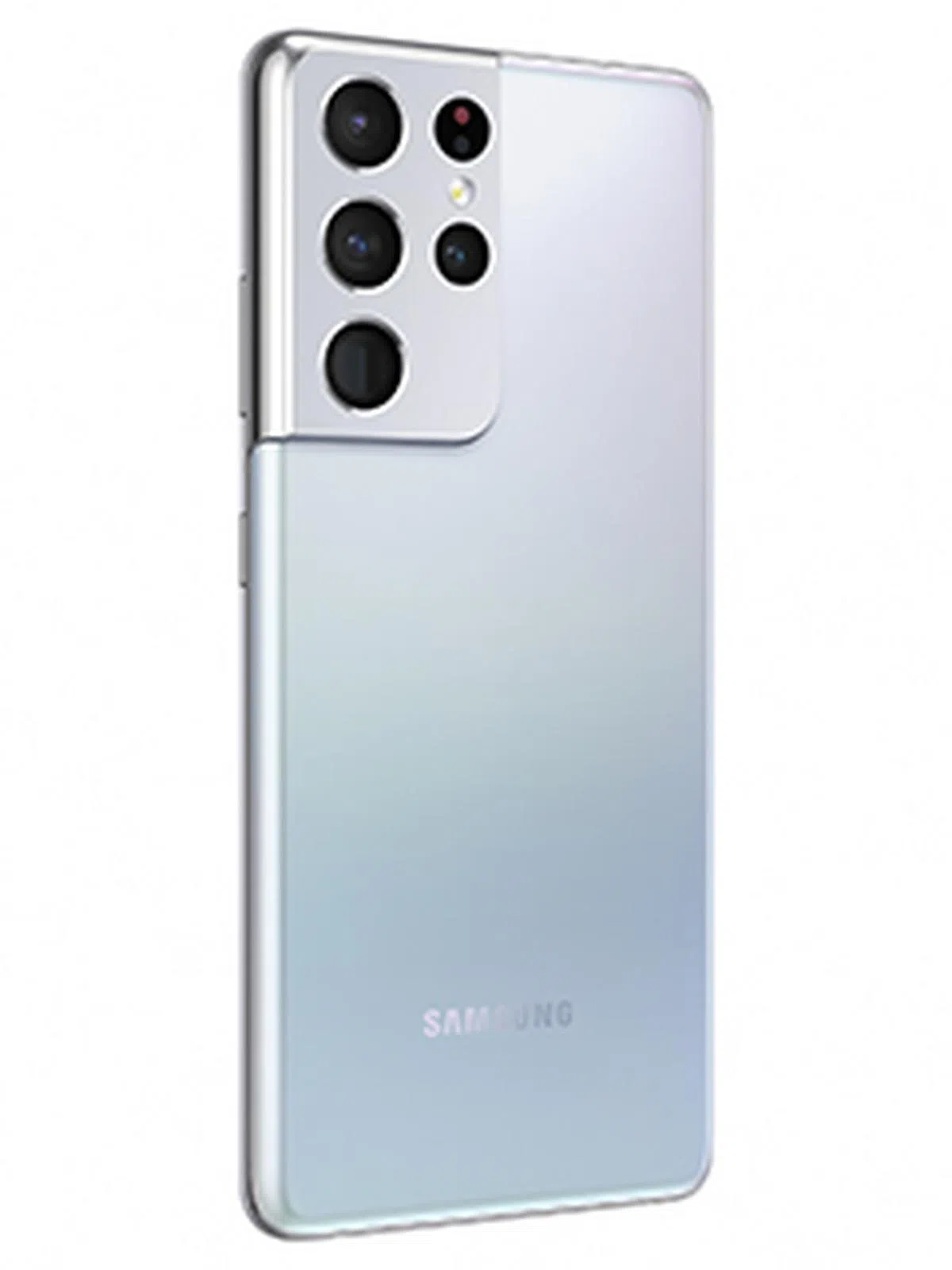 Samsung Galaxy
S21 Ultra
Samsung Galaxy
S21 Ultra | 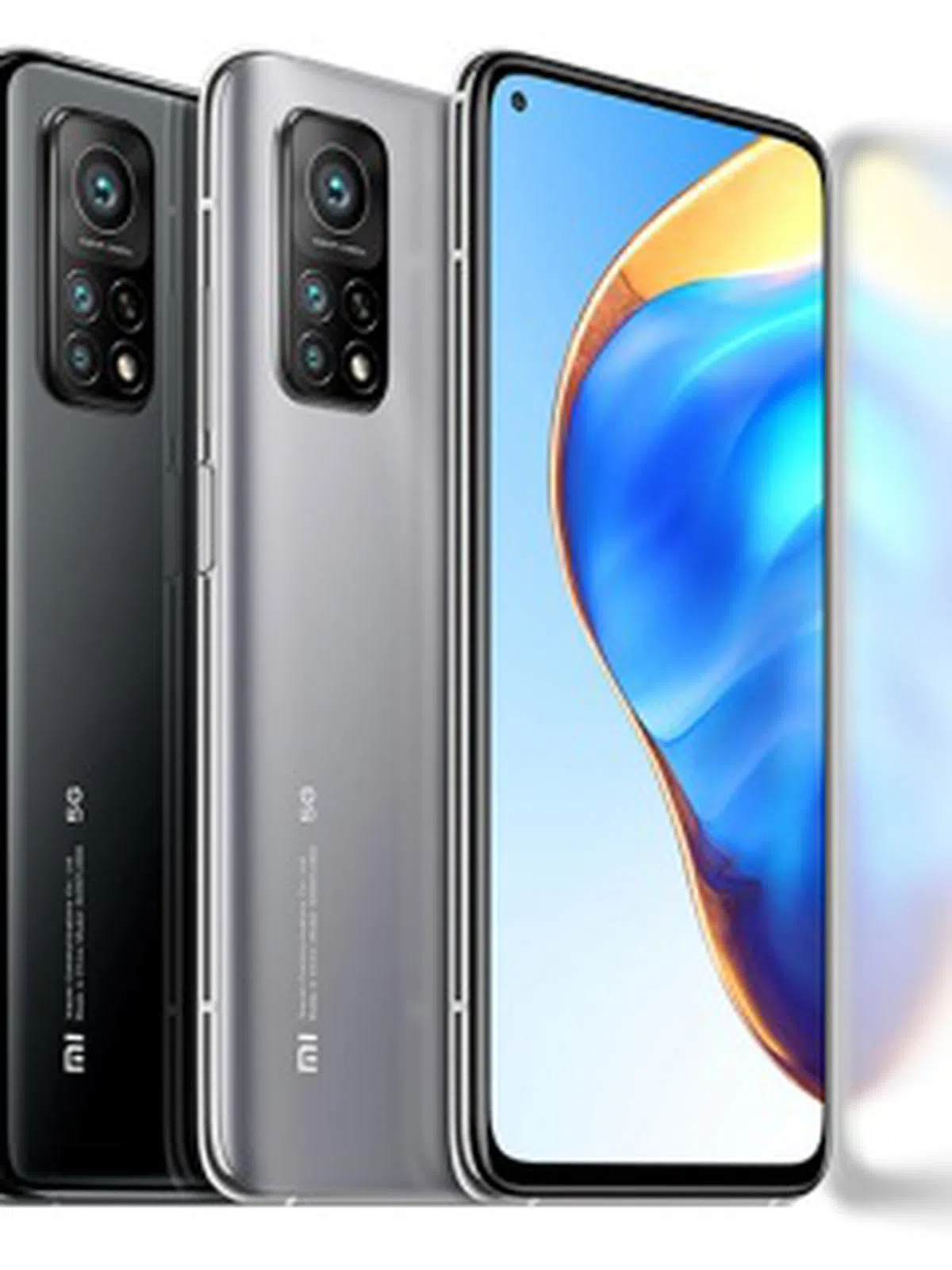 Xiaomi Mi 10T Pro
Xiaomi Mi 10T Pro | |
Main | ✓ | ✓ | |||
10x Zoom | ✓ | ||||
Ultra-wide | ✓ | ||||
Low-light | ✓ | ||||
Macro | ✓ | ✓ | |||
Total | 3 | 0 | 2 | 2 | 0 |
Accolades |  | - | - | - | - |
With this table and the detailed comparison in every section, it's clear that there are many great phones across various price points for the purpose of getting a great shot. Why the Apple iPhone 12 Pro Max was able to edge ahead isn't necessarily down to superior performance in every aspect, but that it was able to provide in the little ways that other cameras came close to. In fact, the iPhone 12 Pro Max had extremely poor zoom performance, yet it was able to come out ahead of the pack at the very end.
Given the lead areas for the iPhone 12 Pro Max and from the testing results presented, you can tell that it can deliver the most satisfying day-to-day shots with an excellent dynamic range to capture highlights and preserve them as close to what your eyes might see. Accurate low light indoor performance helps capture the ambience while the nod to our macro test will ensure close-up shots like in nature of food photography shows up nicely on the Apple iPhone 12 Pro Max.
Oppo's Find X2 Pro on the other hand focuses on getting a neutral, bright shot as well as excelling in niche areas like great ultra-wide-lens shots and the best close-ups you can get on any flagship phone.
Meanwhile, Samsung's latest Galaxy S21 Ultra is a great all-rounder that comes close to overthrowing the Apple iPhone 12 Pro Max. If you consider that Apple is running on its own ecosystem and platform, then the Galaxy S21 Ultra is the best all-round Android phone shooter. That said, we did give it the nod for tying in with the Apple for the best main camera performance for day-to-day shooting needs with excellent detail retention and colour accuracy. It is also hands-down the best telephoto performance at 10x zoom should you often like to shoot things from afar and having to see into details. Its low light performance was also credible and was only slightly outclassed by Apple. Where Samsung did lose out obviously is in macro performance.
Our scoring also shows how a great photography phone doesn't necessarily grant an auto-win in a camera-centric shootout. The Huawei P40 Pro+ is an excellent example - if you previewed the Huawei-shot photos from the device and went through every image, you'd definitely be satisfied with what it offers and want to nominate it for the running. Similarly, the Xiaomi Mi 10T Pro puts so many mid-range and some flagship phones to shame. The OnePlus 8 phones have a photo quality that doesn't even come close to either of them. It is only on closer inspection on a large monitor, or when compared side-by-side, do we spot some of the flaws that one cannot see in casual photo browsing.
Of course, camera performance alone doesn't make a phone, but we hope our analysis gives you a clear indication of which phone to incline to if camera performance ranks high on your list. Happy shopping for your next phone upgrade!
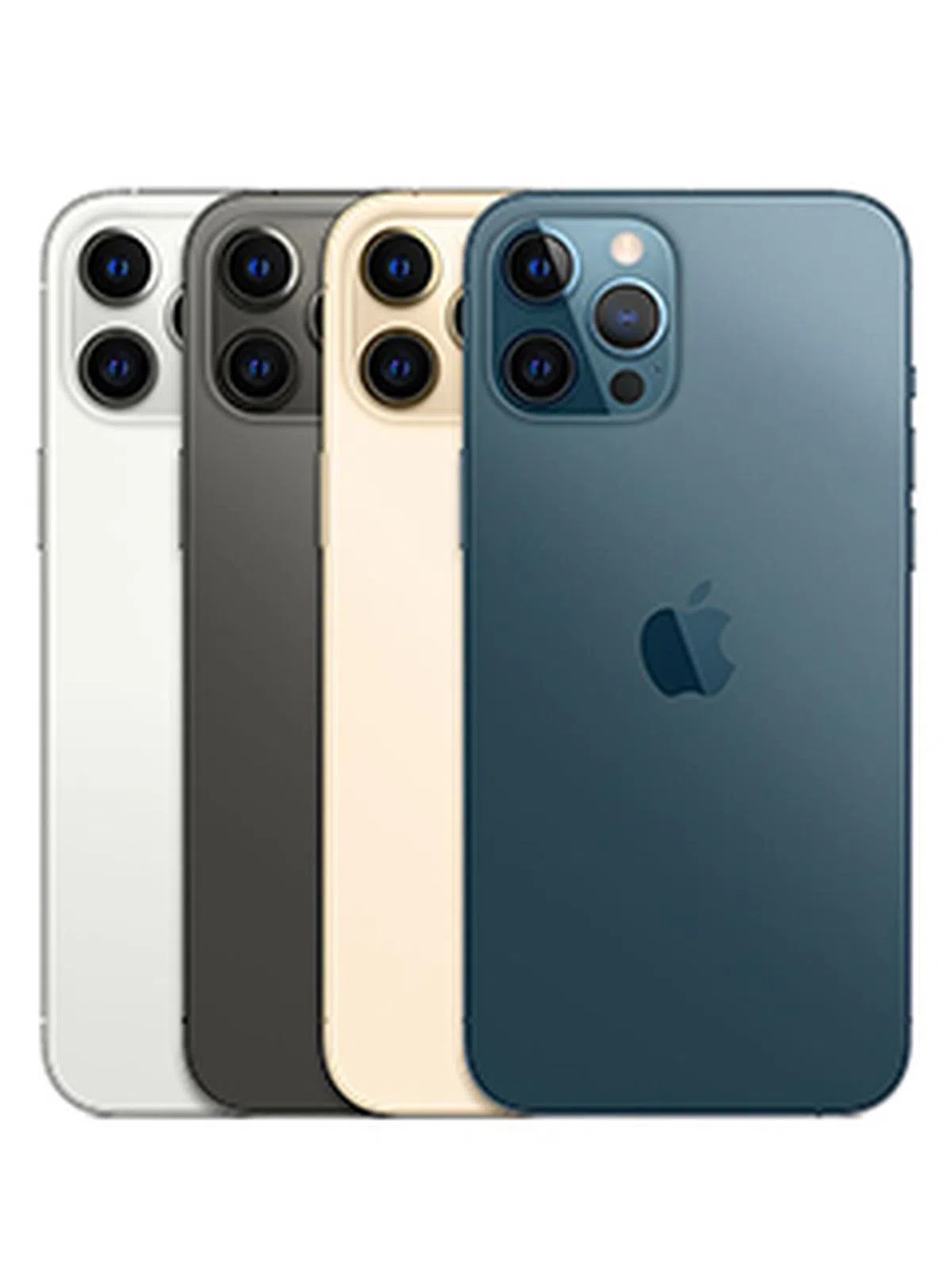 | Priced fromS$1,799, the Apple iPhone 12 Pro Max is available at Apple's online store, M1, Singtel and StarHub. |
 | |
 | |
 | Priced fromS$1,798, the Samsung Galaxy S21 Ultra is available atSamsung's Online Store, Lazada, Shopee, Best Denki, Challenger, Courts, Gain City, Harvey Norman, and the big three telcos at M1, Singtel, and StarHub. |
 | Priced at S$749, the Xiaomi Mi 10T Pro isofficially availableatLazada,Shopee,Qoo10, the big three telcos (M1, Singtel,StarHub) allauthorised Mi Stores |